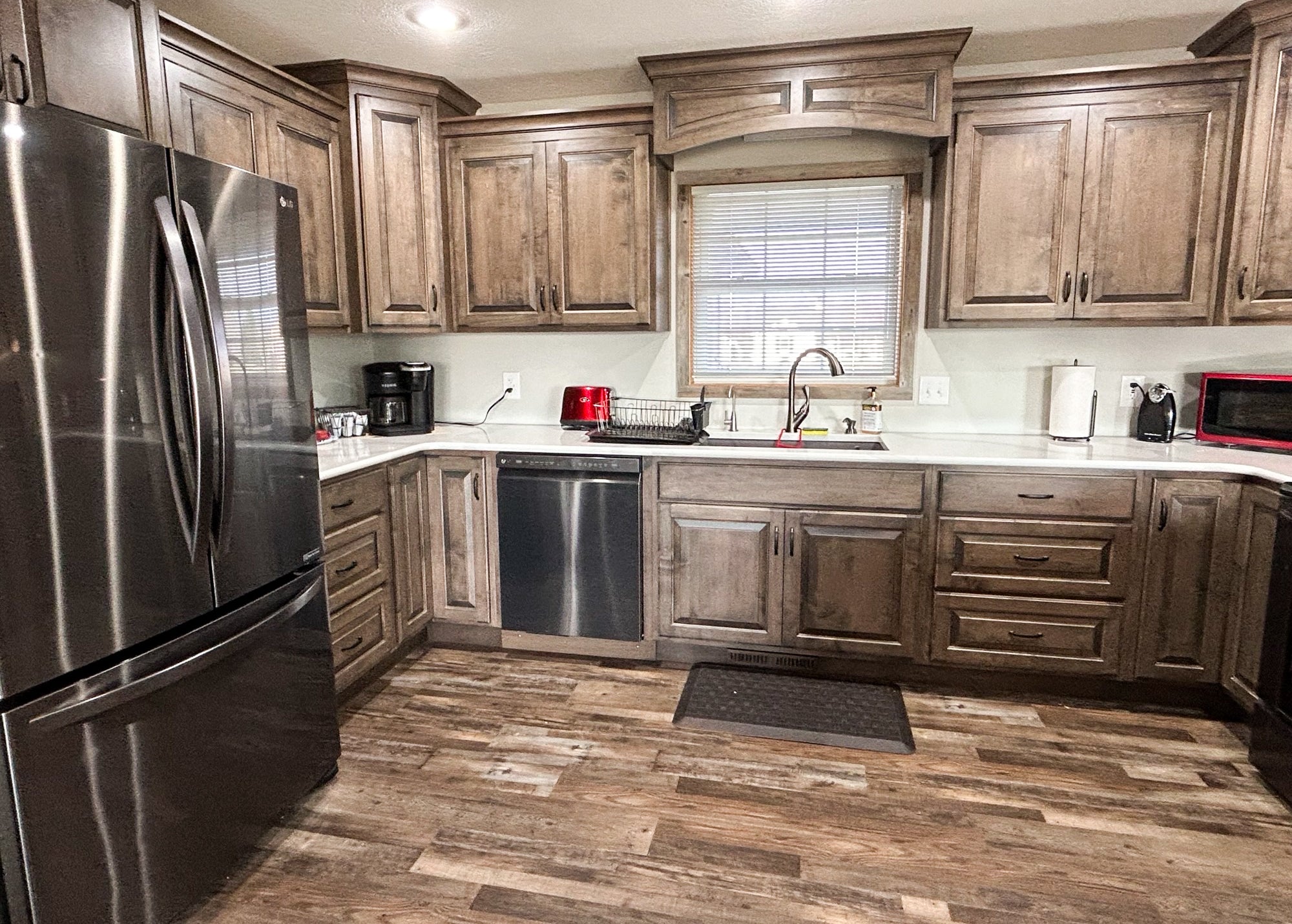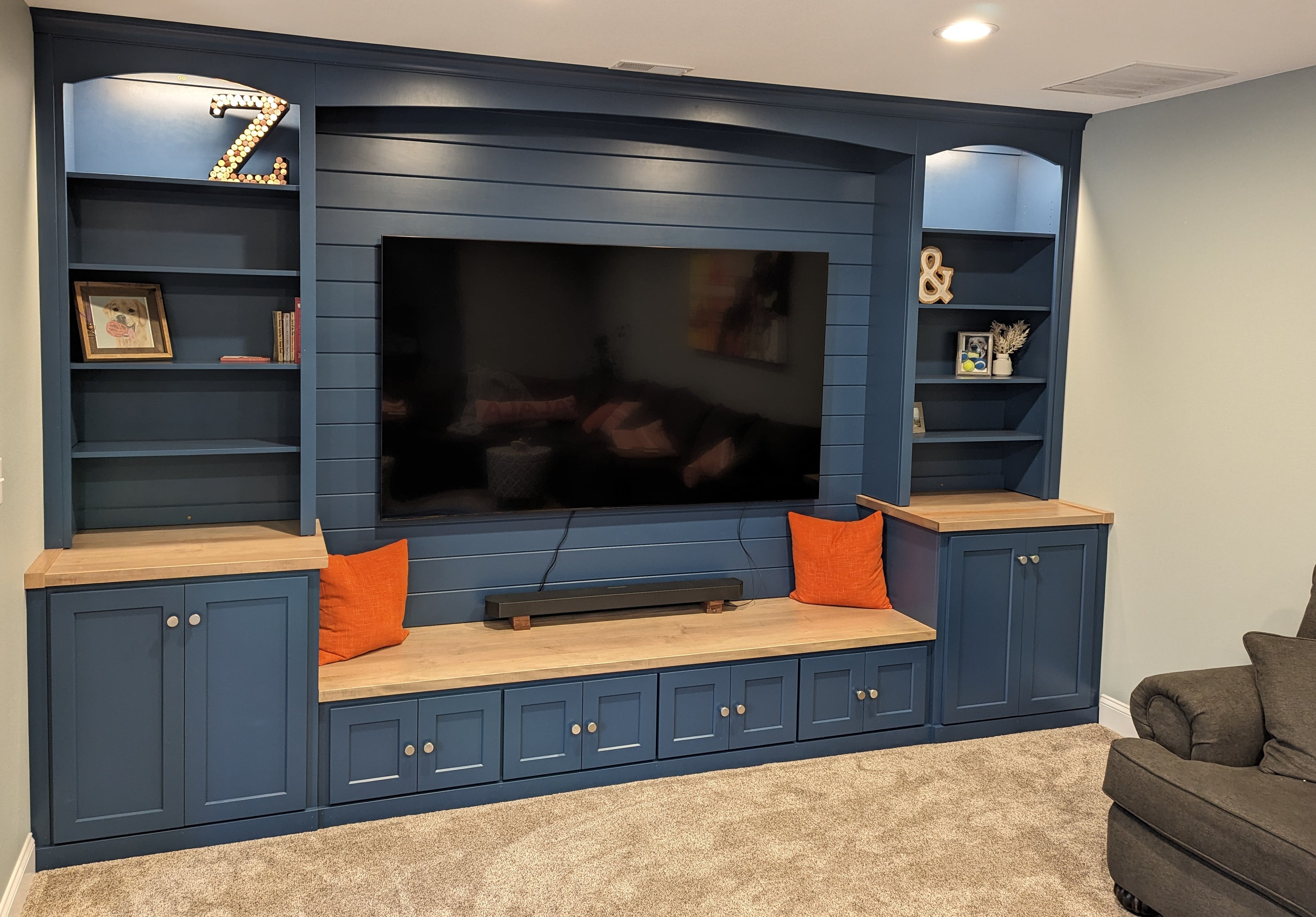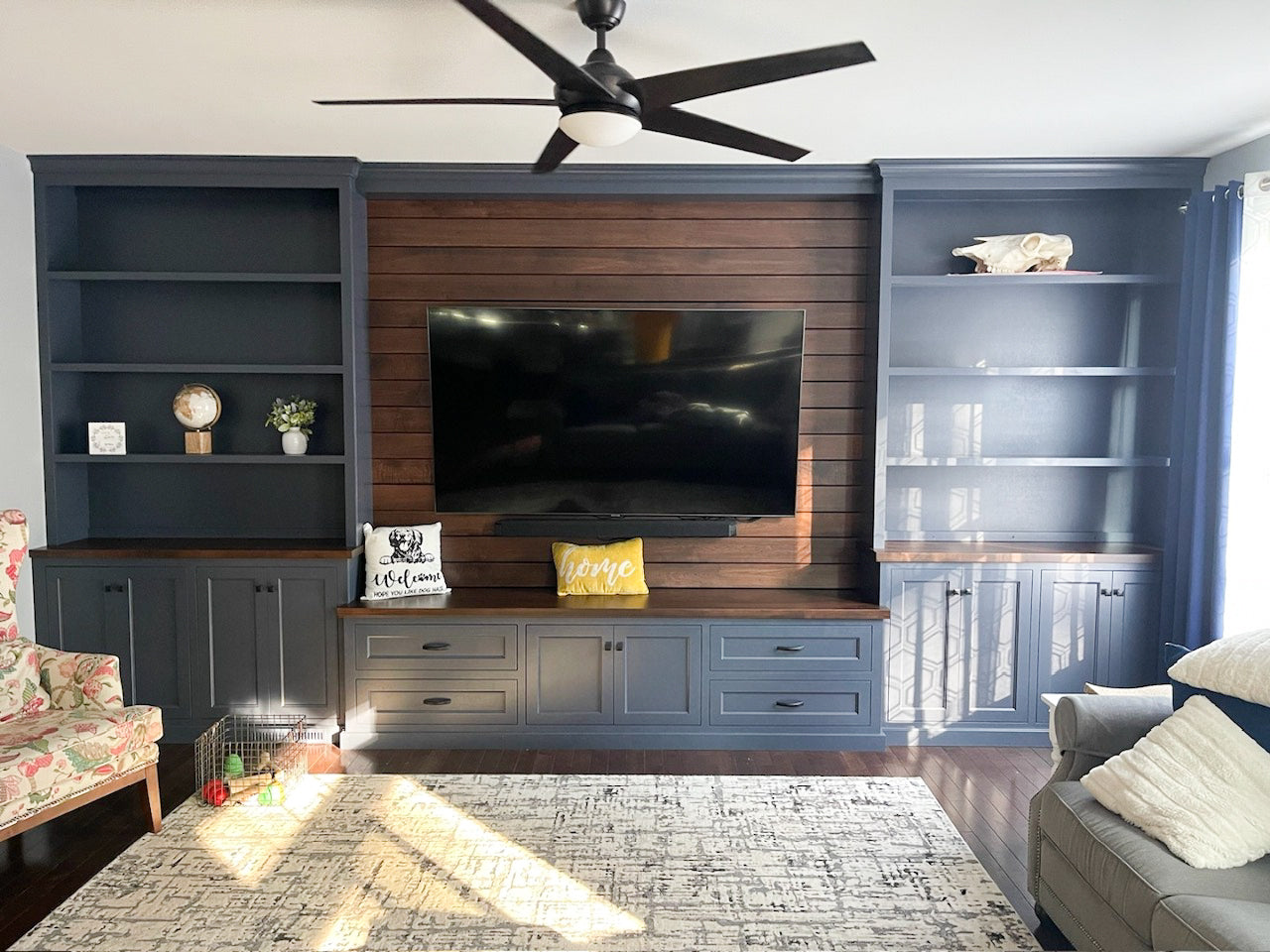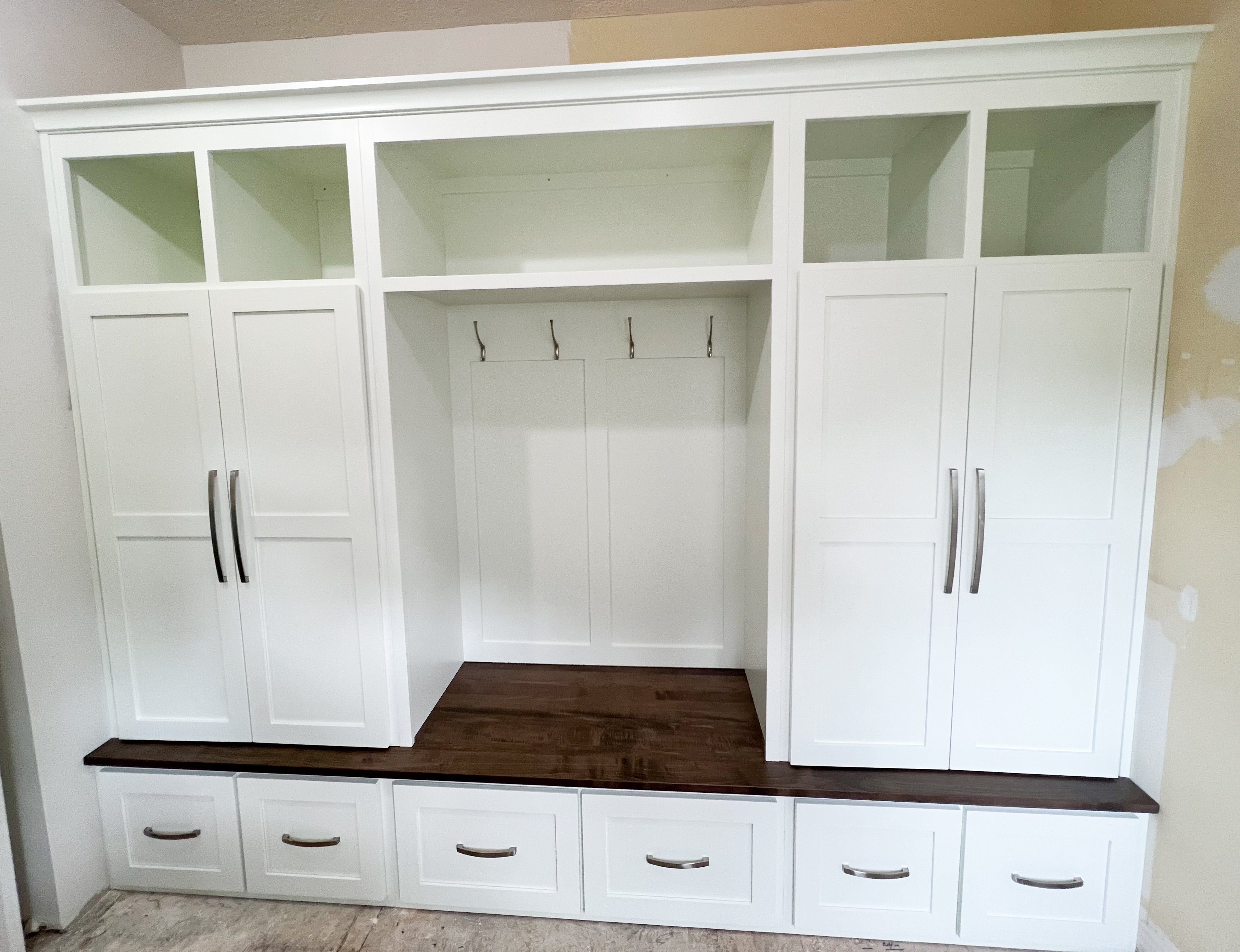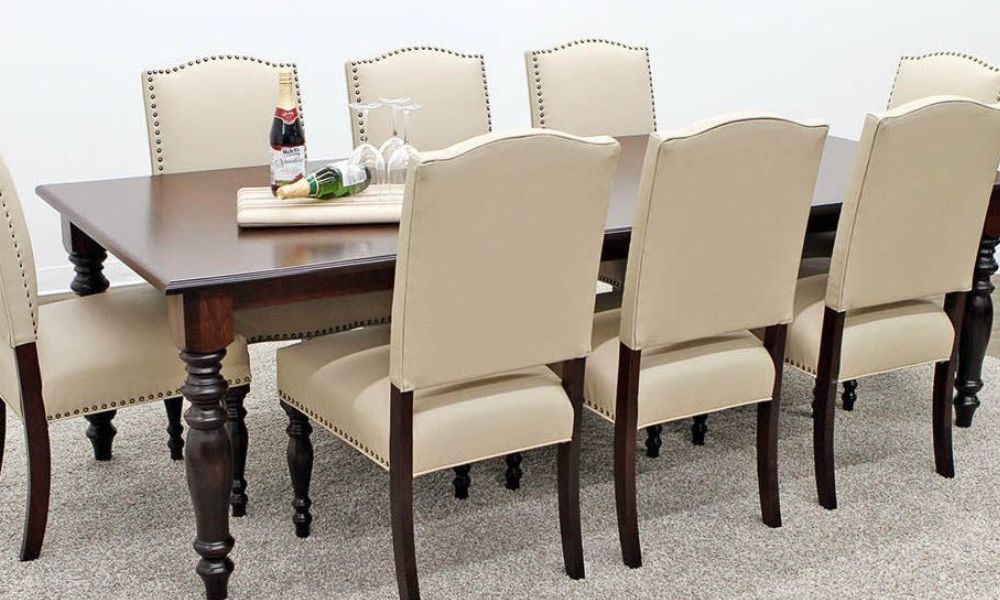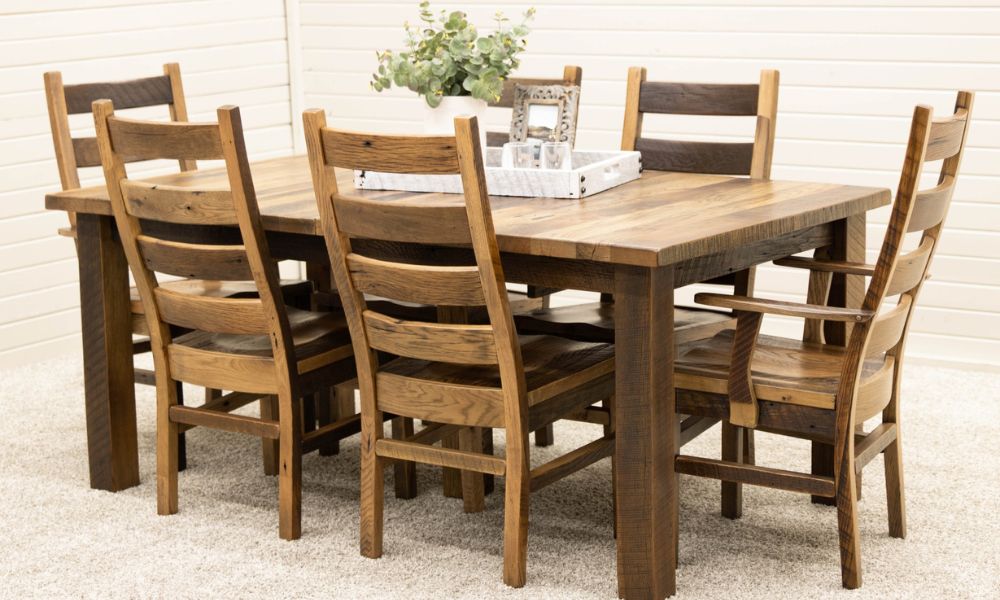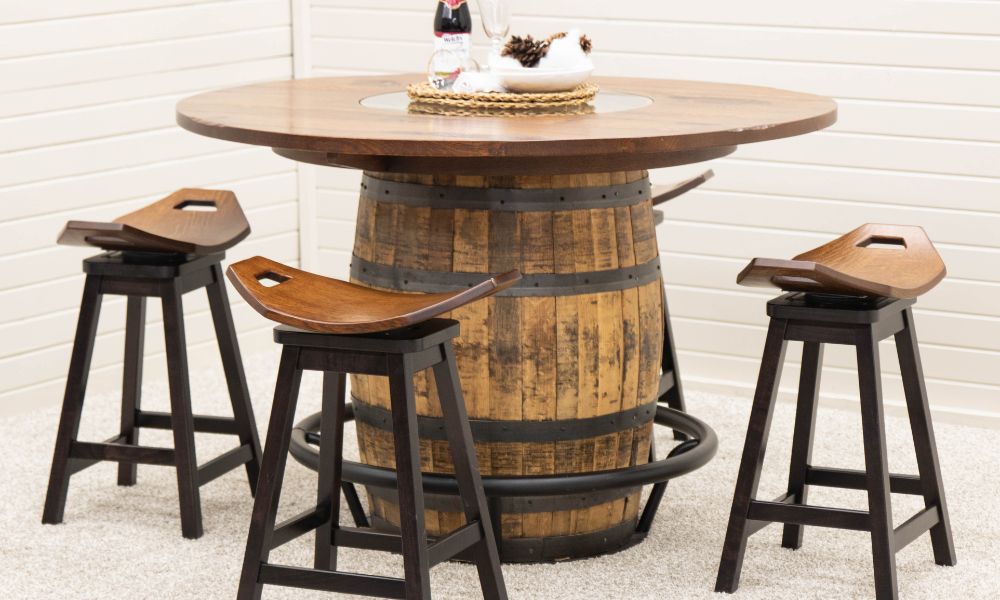5 Tips for Perfectly Coordinating Wooden Tables and Floors
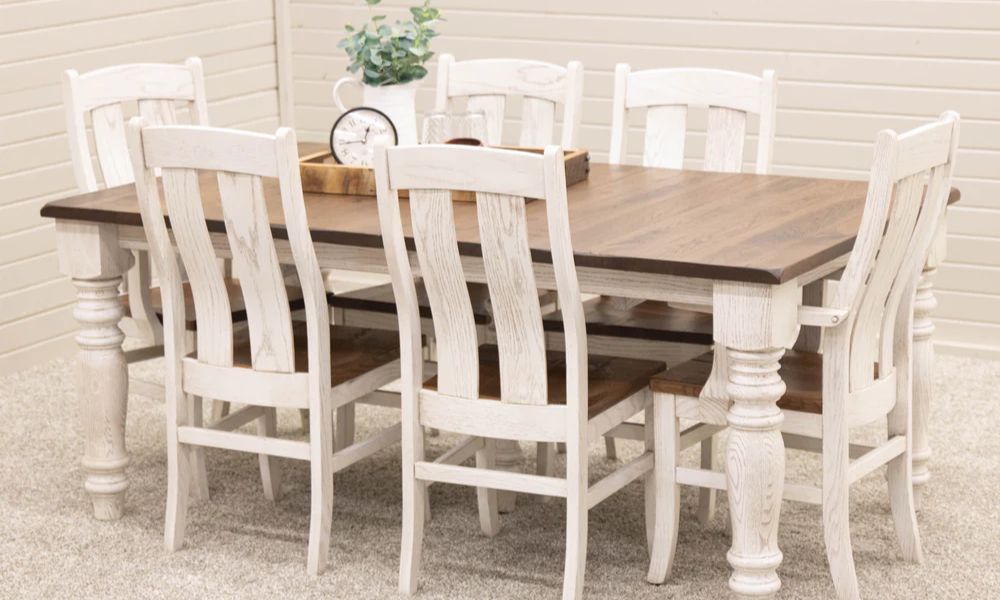
Wooden floors and tables are classic and timeless combinations that will never go out of style. However, coordinating these two wooden elements can be tricky. Knowing how to perfectly coordinate wooden tables and floors is essential to creating a cohesive look, whether you’re redecorating your home or office space. That’s why we’ve compiled five tips for perfectly coordinating wooden tables and floors to make your home or office space the envy of all.
1. Match the Wood Type and Stain
Matching the wood species and stain is one of the easiest ways to coordinate wooden tables and floors. Matching the same wood type will make your space look more cohesive, whether it’s oak, cherry, or maple. However, some major drawbacks come with this approach. Too much of the same wood and color can be overwhelming, especially if the wood has a prominent grain pattern.
Your pieces won’t match perfectly. For example, an oak floor that company A has finished will not match the oak table that company B handcrafted. Understanding this difference can save you some stress. Same thing if you purchase a dining set and add a buffet two years later, even if it comes from the same craftsmen. Several factors come into play, resulting in these distinctions, from variations in stain batches to the sandpaper the wood workers used in the wood shop.
It makes changing styles hard. Every week we have customers who come into the store, telling us they’re tired of the honey oak kitchen they purchased in its heyday of the 80’s and early 90’s. They struggle to know how to update the space without doing a complete remodel because the floors, cabinets, and furniture all match. Adding a buffet in a trendy new color will stick out like a sore thumb.
2. Mix and Match Different Finishes
At Dutch Craft Furniture, we highly recommend selecting complementary wood tones. Choosing a two-tone table is one of the easiest ways to do this. Having the table base painted or using a metal base instead of wood provides a neutral place for your eyes to rest. Then, have the table top made in a complementary finish to your floors.
Selecting a dining set with contrasting wood grain is another easy way to complement the floor. For example, a Hickory or Oak wood floor will have a prominent grain texture and quite a few variations in the color throughout different parts of the wood grain. Add a dining set with a smooth, subtle grain texture like Maple or Cherry wood.
Pay attention to the undertones in the wood. Warm tones will likely be complementary, regardless of wood type and exact stain color. Likewise with cool tones. Picking two different wood or stain types in complementary colors will add depth and interest to your space.
3. Create Some Contrast
Many customers come into the store with a wood flooring sample while they shop for a new dining set. Currently, we are seeing a lot of warm, gray, or cool brown tones in their samples. A darker shade of the same tones as your light flooring adds a rich warmth to the space. Consider purchasing a lighter wood Amish dining set if you have dark wooden floors. This contrast can add a modern and elegant twist to your space.
4. Opt for Neutral Colors
Keeping things simple with neutral colors is another way to perfectly coordinate wooden tables and floors. Neutral colors, such as beige, gray, or white, pair well with most wood species and stains, adding a touch of sophistication to your space. Choose one or two complementary colors to accent your space if you want to add more color.
5. Accessorize Accordingly
Finally, accessorizing accordingly is essential when creating a perfectly coordinated space. Choose accessories, rugs, curtains, or lighting that complement your wooden tables and floors to combine the entire look. Soft green and blue accents pair beautifully with most wood tones.
Consider these five tips for perfectly coordinating wooden tables and floors when you’re ready to redo your home décor and furnishing. Remember, creating a cohesive look that complements your space is all about matching the wood species and stain or mixing different finishes to create contrast, using neutral colors, and accessorizing accordingly. Take your time, experiment with different elements, and enjoy creating a space you love.

